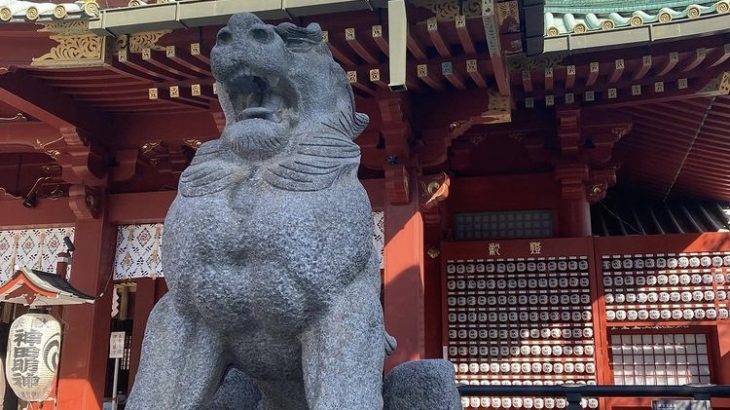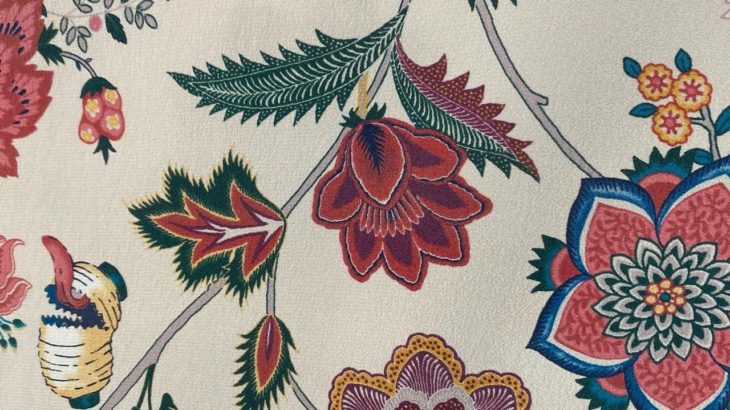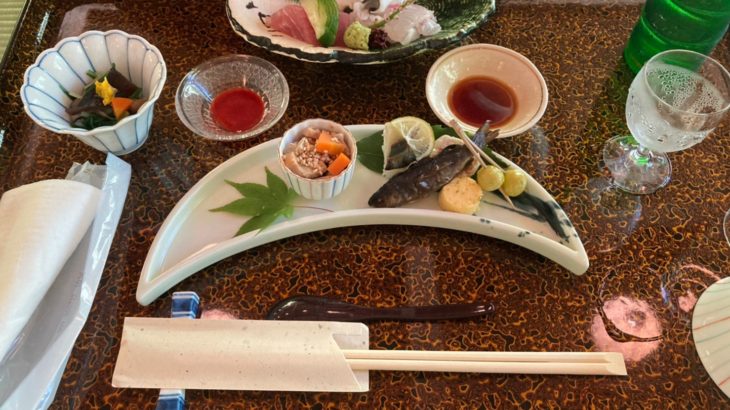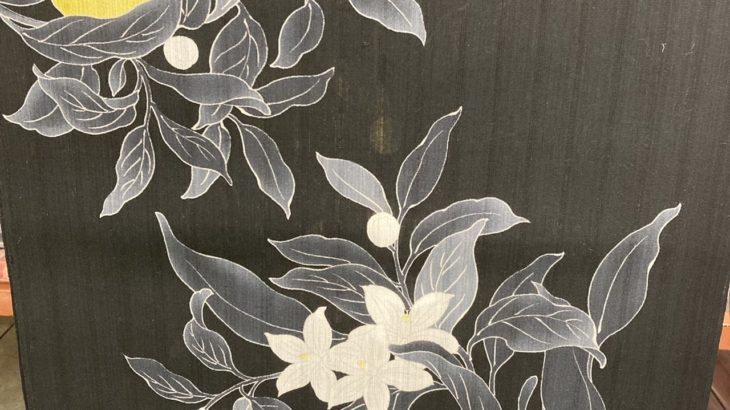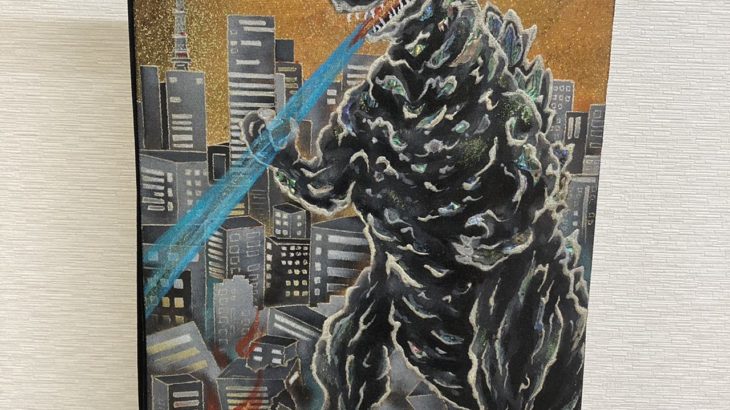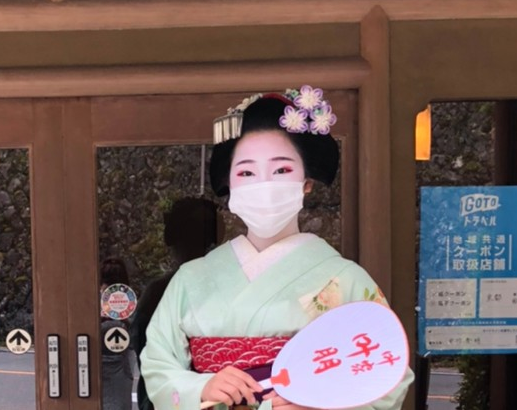Hello, this is Shinji from Warashibecho.jp. This time, I’d like to talk about the Japanese New Year.
Unlike the atmosphere overseas, Japanese New Year’s Day at once enhances the atmosphere of preserving old traditions. Today, I’d like to introduce some of them to you.
1, Japanese New Year
In Japan, January 1st to 3rd is called San-ga-nichi, and many people take the day off from work. Nowadays, large supermarkets and department stores are open, but in the past, most stores were closed.
The hectic atmosphere at the end of the year suddenly turns into a quiet atmosphere.
2, New Year’s decoration
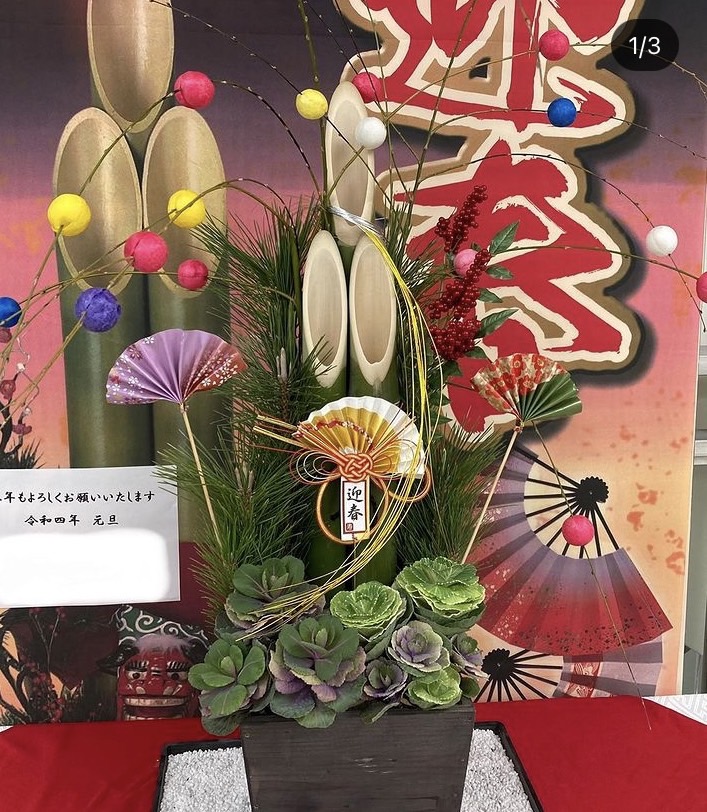
On New Year’s Day, we decorate the front door with ornaments called “Shimenawa” and “Kadomatsu”, and we also decorate the inside of the house with “Kagamimochi” (mirror rice cakes). These decorations are used as markers and offerings to Toshigami-sama ( the New Year’s god ), who is said to go around the houses to bring good fortune for the year.
1) Kadomatsu
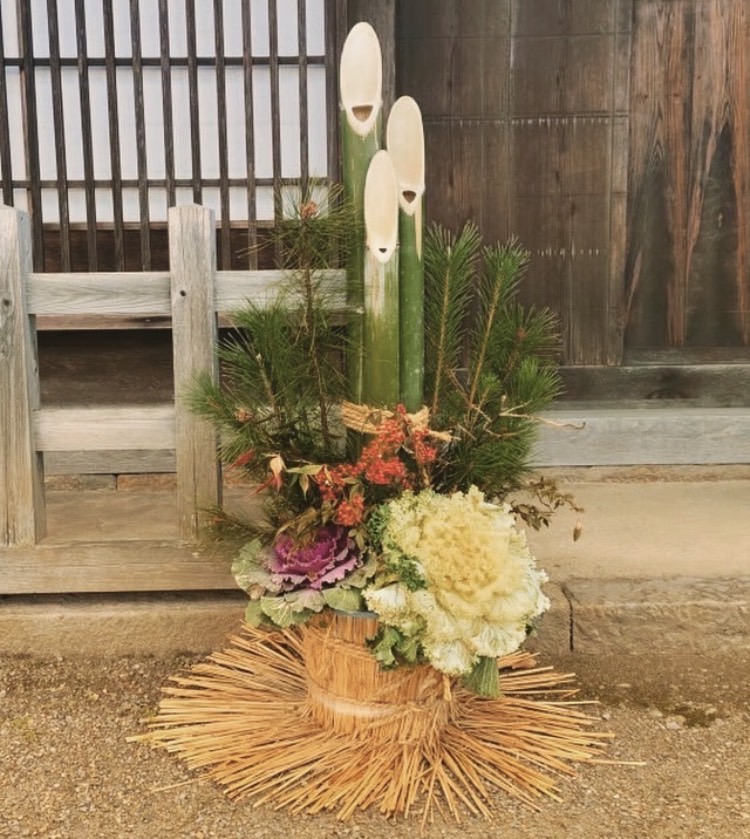
A Kadomatsu is decorated with three lucky charms, “Syo-chiku-bai”: a pine tree whose leaves never fall off throughout the year, a bamboo tree that grows quickly and has a strong life force, and a plum tree that blooms in the new year and retains its fruit even after the flowers fall off. Like the shimenawa (rope), it is used to welcome the god of the year at the entrance.
2) Kagamimochi
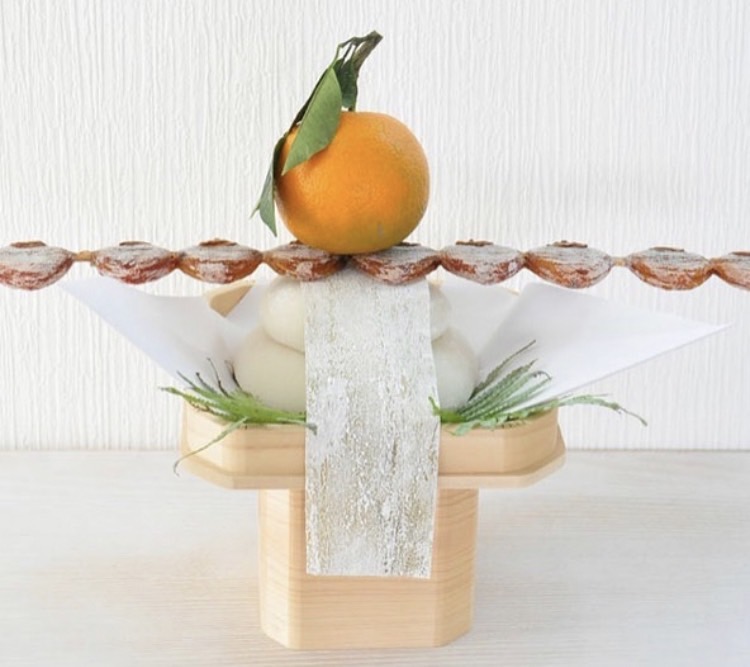
Kagamimochi (mirror rice cakes) are displayed in the house as an offering to the god of the year. The mochi is a mirror, the orange is a magic ball, and the dried persimmon is a sword.
The rice cake represents a mirror, the orange represents a jewel, and the dried persimmon represents a sword. In Japan, the three sacred weapons are the Yatanokagami, the Yasakani Magatama, and the Kusanagi Sword.
3, Osechi dishes ( Japanese New year’s foods )
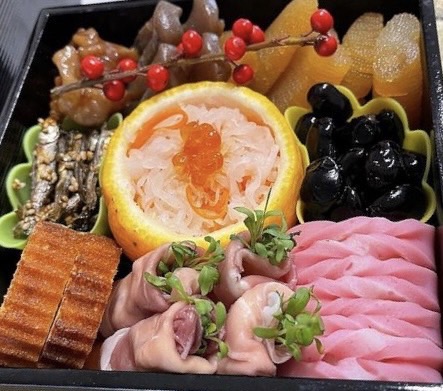
One of the most famous dishes eaten on San-ga-nichi is called “Osechi”. It is believed that using a knife on the first three days of the year is a sign of a bad omen, so it is customary to eat foods that can last as long as possible without having to stand in the kitchen, and each has its own meaning. For example, fish cakes are used to represent the first sunrise, and the colors red and white are used to ward off evil.
There is a theory that it is also meant to let the god of the kitchen take a rest.
4, Hatsumode ( First visit to the shrine )
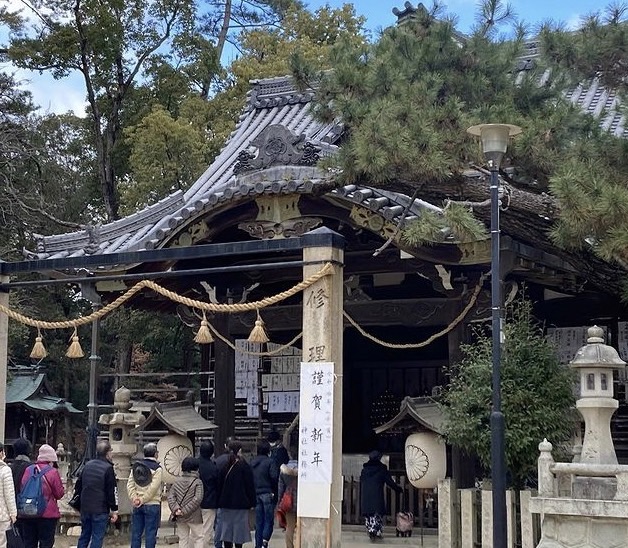
Most Japanese people go to shrines and temples on San-ga-nichi to pray for the New Year. Originally, it was to celebrate the local deity called Ujigami, and to go to the deity in the blessing direction of the year to say hello. In the Meiji era (1868-1912), railroad companies campaigned to go to famous temples and shrines, and now that has become the main way.
In addition, there are other Japanese delights that can only be experienced during the New Year. If you are planning a trip to Japan, I hope you will consider New Year’s Day as a candidate. I am sure you will rediscover the charm of Japan.
Instagram:warashibe_choja.jp
